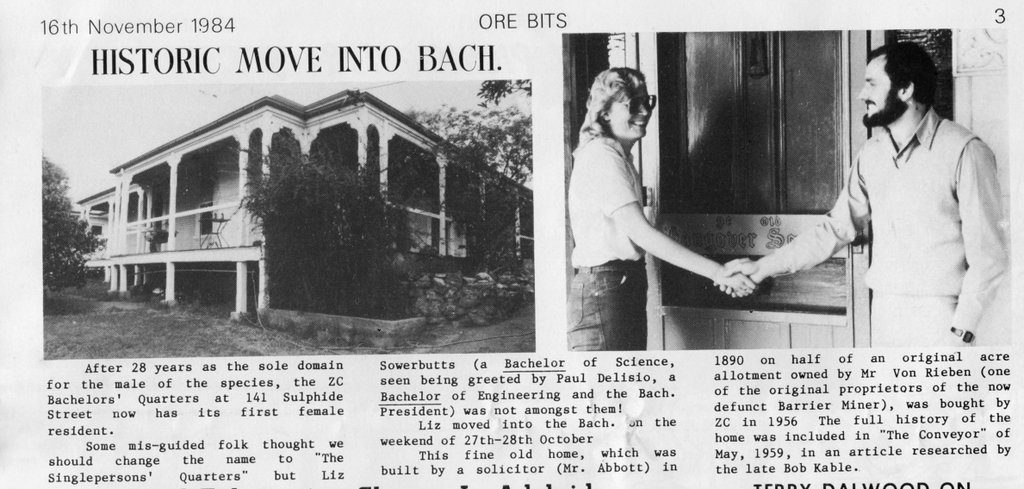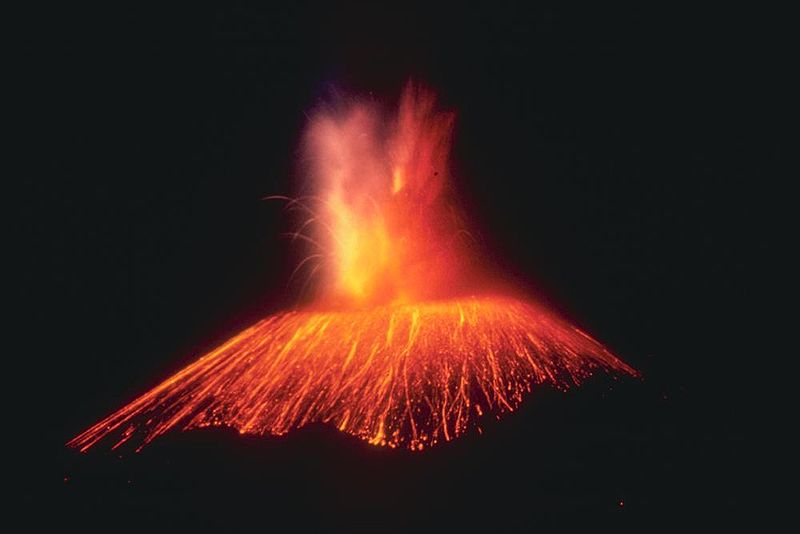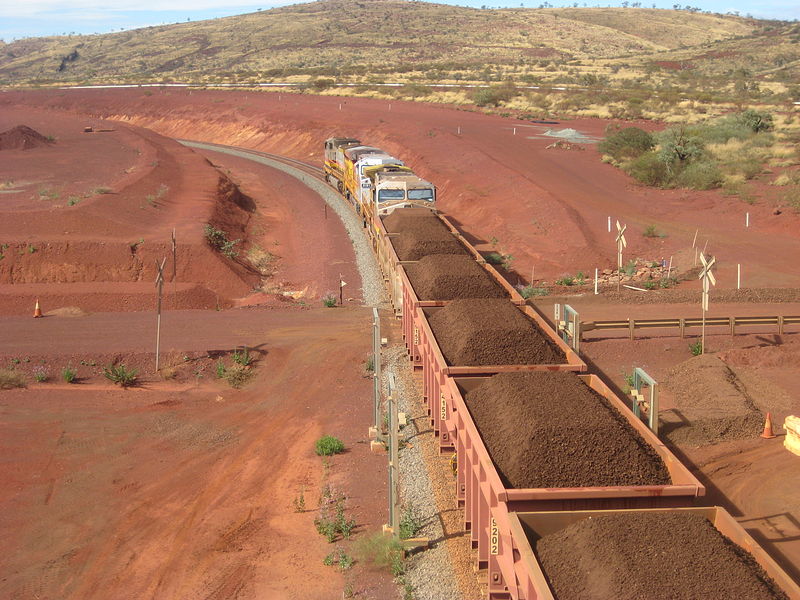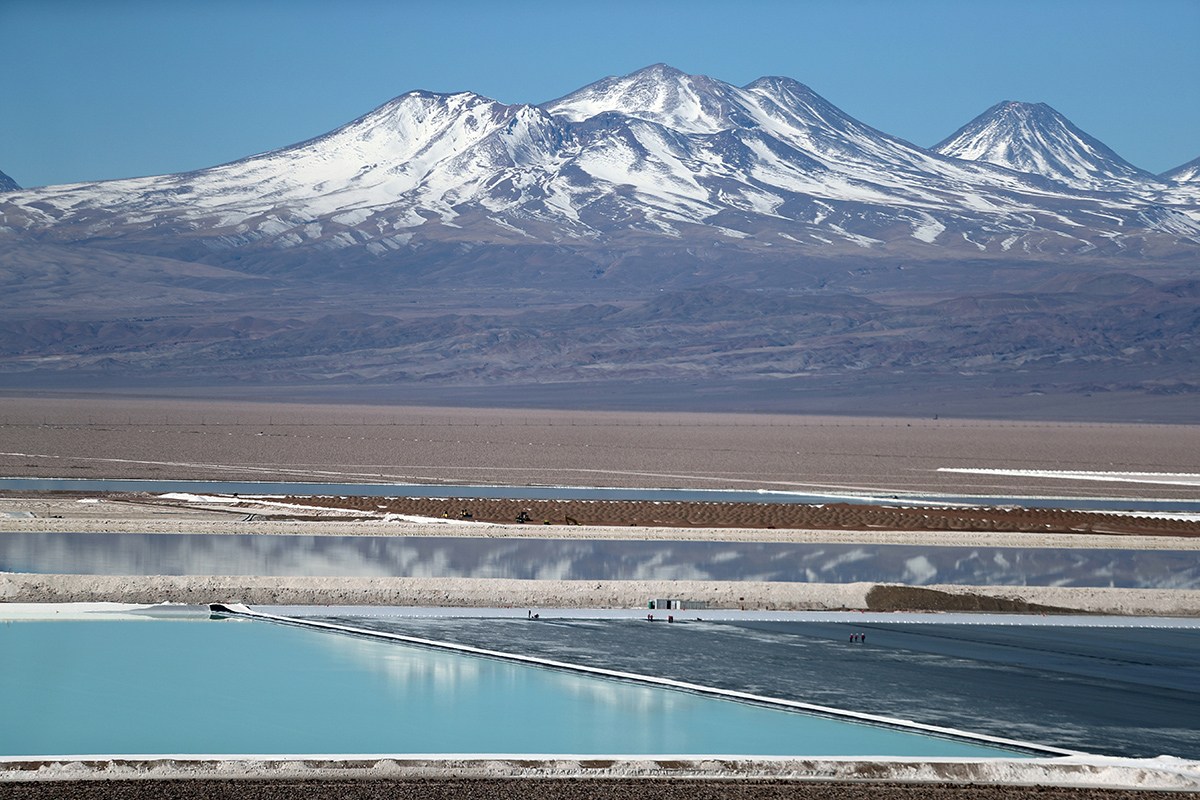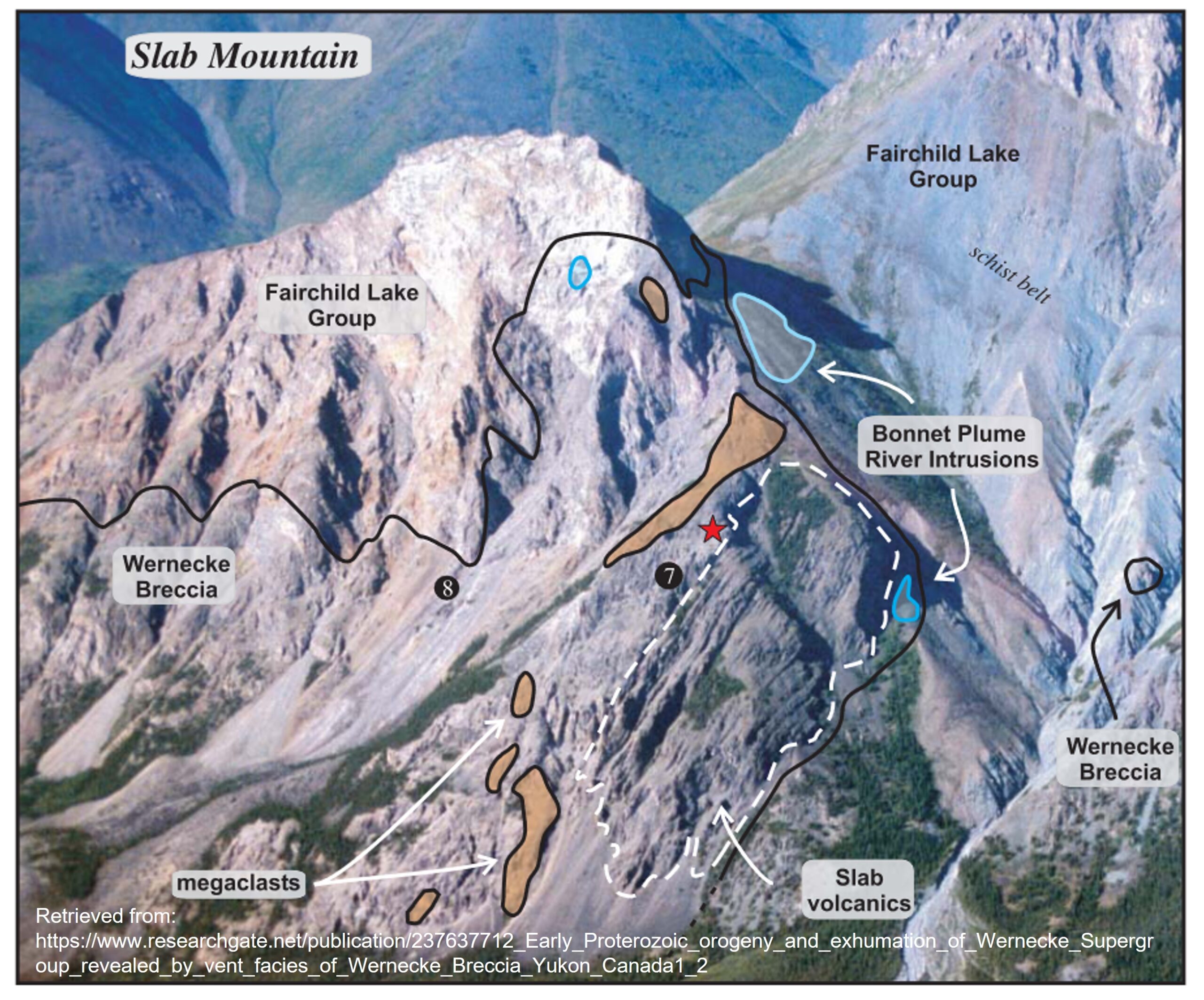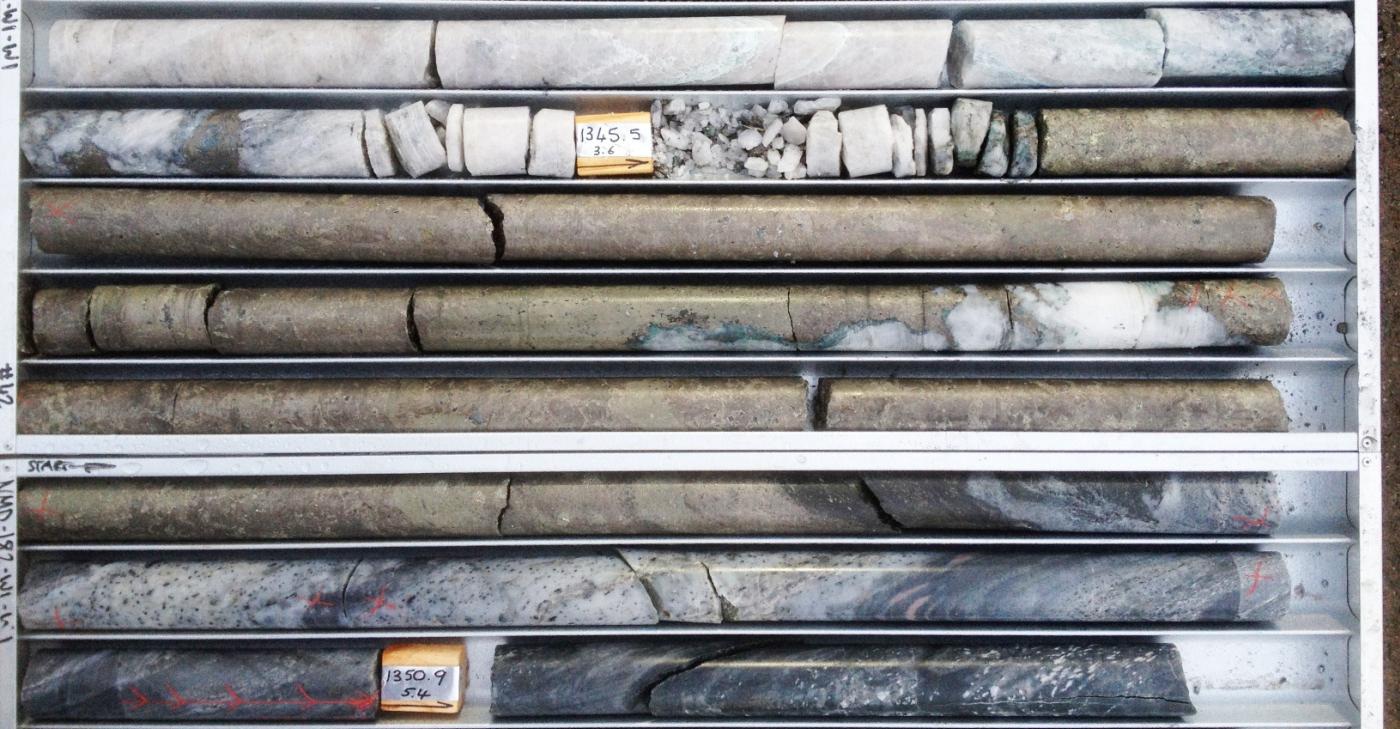Space has long been known to contain vast mineral resources but exploiting them has always been the stuff of science fiction. Recent advances in technology and shifting priorities may finally be about to make space mining a reality. Several nations and private companies have announced they intend to begin extracting resources from the moon within the next few years, and NASA has already signed a contract for a private company to return lunar minerals to Earth: the first space mining operation. Get ready for space race 2.0.
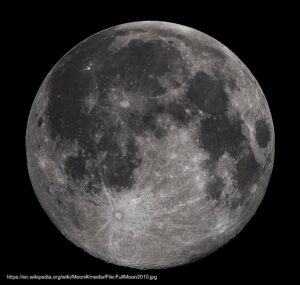
The Dawn of Space Mining
In 2020 NASA signed a contract for Lunar Outpost to gather samples of lunar regolith (dirt) as part of NASA’s Artemis program. These samples, weighing only about 100 grams, will allow NASA to study the properties of lunar regolith so as to better plan future missions. For providing this revolutionary service, NASA will pay Lunar Outpost the staggering sum of…a single token dollar. Lunar Outpost’s real incentive for this mission is proving its’ technology and boosting its’ public image.
This is a very modest beginning for lunar mining, but bigger things may be just around the corner. The Artemis program aims to establish a permanent outpost on the moon by the end of the decade. Sending supplies from Earth is extremely expensive and logistically complex, so lunar resources will supply as much of the base’s needs as possible: the first inhabitants of the moon will also be its’ first miners.
In the short term, the focus of space mining will be on providing the raw materials for the shelter, air, water, and fuel which will keep astronauts alive, rather than exporting materials to Earth. Possibilities include fusing lunar regolith into bricks for construction, extracting ice from deep underground or in deep, permanently shaded craters for water, and breaking down ice and other minerals in regolith for oxygen, carbon, and hydrogen. This mining is expected to be carried out by privately built and operated autonomous rovers, which may extract 100 000’s of Kg of water-ice per year to support NASA’s scientific operations. This technology will also be vital for planned future manned missions to Mars.
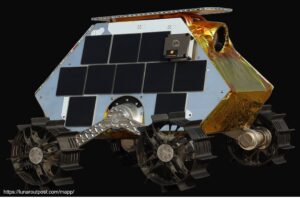
Not to be outdone, Russia and China are reportedly partnering to build their own robotic lunar base by 2036. Publicly available plans are thin on details, but the project will almost certainly involve some type of lunar mining.
Lunar Law
The Outer Space Treaty, the closest thing to law on the moon and beyond, states that celestial bodies “shall be free for exploration and use.” Exactly what that means is open to interpretation, but the de facto consensus is that space resources don’t belong to anyone until they are extracted, making them essentially free for the taking, although the land itself can’t be owned. Beyond this, there is very little law governing space mining. In the short term this isn’t likely to be a problem as for-profit space mines are still a ways off. For now Lunar Outpost and other potential lunar miners such as Astrobotic and ispace aim to make money by selling space on their rovers to other companies looking to conduct their own space-based research.
A clear regulatory framework will be necessary in the long term. The US is promoting its’ Artemis Accords, which would see countries agree to share data, preserve historic landing sites, and work together in emergency situations, however it’s unclear if countries such as Russia and China would be willing to sign.
Some have also raised concerns about pollution. Although space is, as far as we know, a lifeless empty expanse, mining wastes could still contaminate sites of scientific interest, or fill orbits with hazardous debris. In any event, enforcement of space law is likely to be very difficult; some degree of a ‘wild west’ phase may be unavoidable.
What’s Really up There?
As space infrastructure and investment grows it seems inevitable that space mining will become more advanced, and someone begins extracting space resources on a larger scale. The moon is the obvious place to start: it’s big, close, and briming with a rare resource that may be the power source of the future.
Helium-3 is an extremely rare isotope (type) of helium which has one less neutron than regular helium and would make an excellent fuel for a fusion reactor. Neutrons are an uncharged particle, which, together with positively charged protons and negatively charged electrons, make up atoms. Helium-3 is vanishingly rare on Earth because most of our helium comes from the radioactive decay of uranium and thorium, a process which emits several atoms of regular old helium but no helium-3. The lunar regolith, however, is highly enriched (~20-30 parts-per-billion) in helium-3 due to billions of years of bombardment by cosmic radiation. Fusion power promises unlimited clean electricity, but it has also famously been 30 years away for 30 years; barring any spectacular breakthroughs, lunar helium mines aren’t likely to leave the drawing board anytime soon.
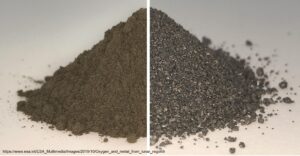
Besides He-3 and water-ice, it’s unclear what, if any, economically viable resources may exist on the moon. Most of the process that create ore deposits on Earth involve liquid water and/or plate tectonics, two things that don’t exist on the moon. Some purely magmatic deposits, such as magmatic nickel-copper-PGE or anorthosite titanium-vanadium, could perhaps form on the moon, but critical element deposits such as lithium pegmatites and REE carbonatites require magmas rich in water and other volatile elements, and are unlikely to exist on the moon. Overall, the moon is thought to be much poorer in metals than the Earth.
Then again, perhaps other variables, such as low lunar gravity, frequent micro-meteorite impacts, and lack of erosion and weathering, have created entirely new deposit types we haven’t imagined yet. We won’t know for sure until we do a lot more exploring.
The resource situation for Mars is likely similar to the moon, although the Martian atmosphere is likely too thick for cosmic rays to form He-3. Venus is thought to be tectonically active, and Mercury’s high density suggests it may be metal-rich, but the hostile conditions (crushing atmospheric pressure, acid rain, and temperatures high enough to melt lead on Venus, and daytime temperatures over 400° C on Mercury) make mining these planets an especially formidable challenge. Mining He-3 from the atmosphere of Jupiter has also been proposed.
In the long-term, asteroids will likely be the location of choice for space miners. Not all asteroids are created equal, most are worthless rocks, but a few, the M-type asteroids, may well be the most valuable objects in the solar system. M-types are composed almost entirely of an iron-nickel alloy and are thought to be fragments of the metallic cores of planets ripped apart by massive impacts during the chaotic and violent days of the early solar system.
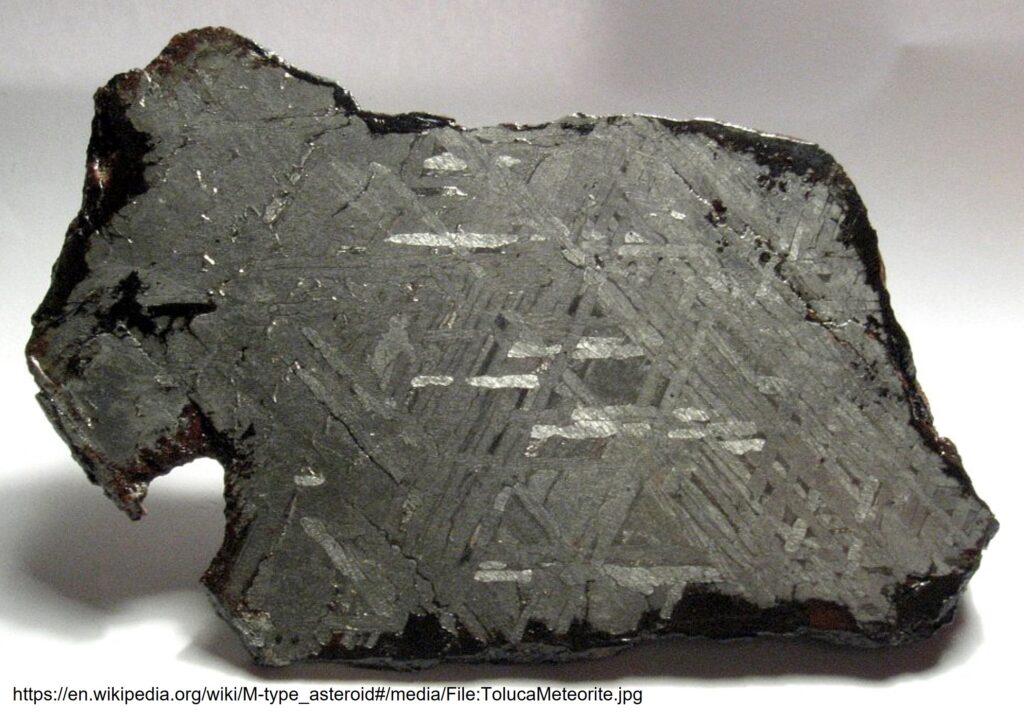
Planetary cores are very efficient at gobbling up and trapping metals, especially dense ones such as gold and PGEs: 99% of Earth’s gold is estimated to be trapped in the core. Studies suggest that even a small M-type could contain more iron, nickel, and cobalt than all of Earth’s reserves, with large amounts of precious metals likely present as well. The largest known M-type, 16-Psyche, is over 220 km in diameter, with a mass of about 25 000 trillion tonnes. A NASA mission to explore 16-Psyche is expected to launch in late 2023. Exploiting such asteroids could replace most terrestrial mining. If they could be mined economically, that is.
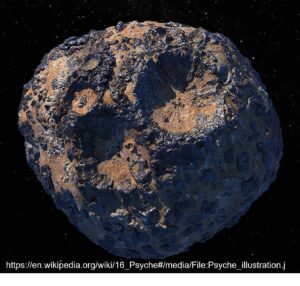
While the value of the metals in these asteroids is enormous, the logistical challenges of mining them and transporting metal back to Earth are equally large. The technology to undertake such expeditions is still in its’ infancy, and the infrastructure required to carry it out will require uncertain, but surely enormous, amounts of time and money. Furthermore, some of the most in-demand elements, such as lithium and REEs, are highly unlikely to be present in economic concentrations in asteroids, or anywhere else we know of besides Earth.
Conclusions
Space mining seems poised to make the jump from science fiction to science fact within the next few years. Mind you, we said the same thing about asteroid mining almost 10 years ago and nothing ever came of it. When it does happen, it will be very small scale and tightly focused on water and organic compounds needed to keep astronauts alive. Larger-scale operations, mostly likely on the moon or M-type asteroids, will take much longer to develop, and it’s still too early to say exactly what these operations will look like. Space law doesn’t prohibit mining, but current laws are in need of major updates to set clear rules. Private companies will play a significant role in space mining from day one; the moon is about to open for business.
Further Resources
- NASA just cut a 10-cent check to kick-start moon mining tech https://www.space.com/nasa-lunar-outpost-check-moon-resources (website)
Companies Mentioned
- Lunar outpost https://lunaroutpost.com/ (website)
- Astrobotic https://masten.aero/ (website)
- Ispace https://ispace-inc.com/ (website)
Subscribe for Email Updates

